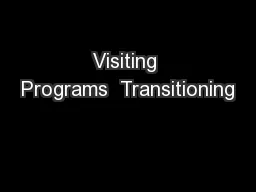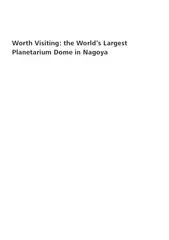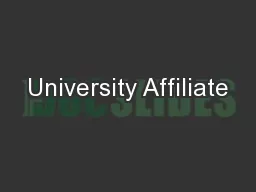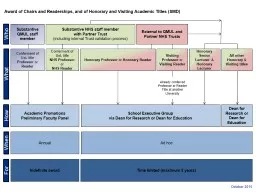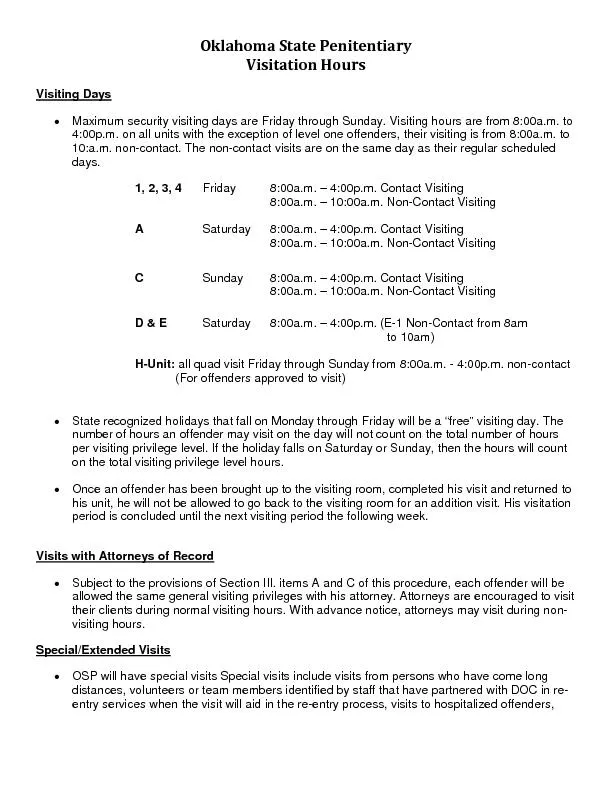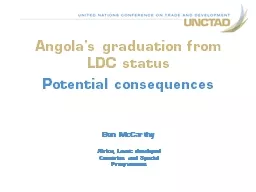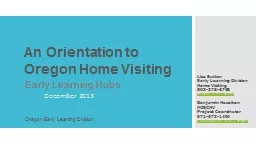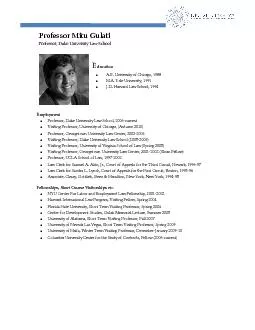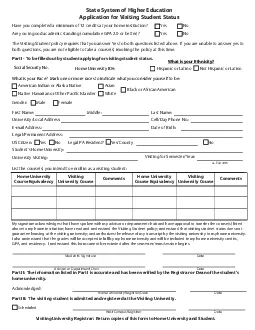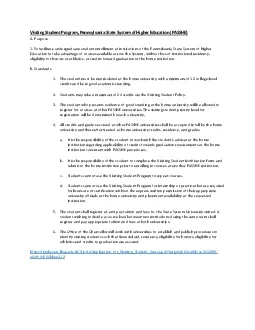PPT-Visiting Programs Transitioning
Author : kittie-lecroy | Published Date : 2019-11-23
Visiting Programs Transitioning to C3 amp C5 Abridged Patsy Brackin Rose Hulman Institute of Technology EAC Criteria Committee Past Chair Bopaya Bidanda University
Presentation Embed Code
Download Presentation
Download Presentation The PPT/PDF document "Visiting Programs Transitioning" is the property of its rightful owner. Permission is granted to download and print the materials on this website for personal, non-commercial use only, and to display it on your personal computer provided you do not modify the materials and that you retain all copyright notices contained in the materials. By downloading content from our website, you accept the terms of this agreement.
Visiting Programs Transitioning: Transcript
Download Rules Of Document
"Visiting Programs Transitioning"The content belongs to its owner. You may download and print it for personal use, without modification, and keep all copyright notices. By downloading, you agree to these terms.
Related Documents

